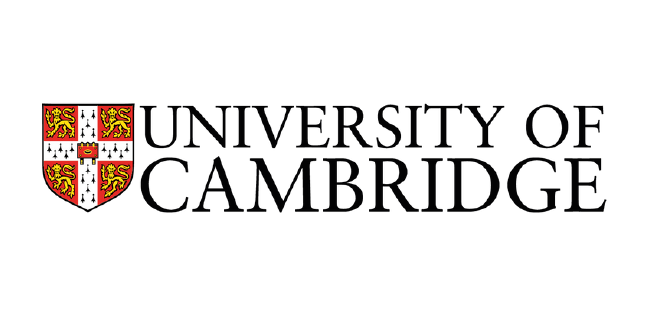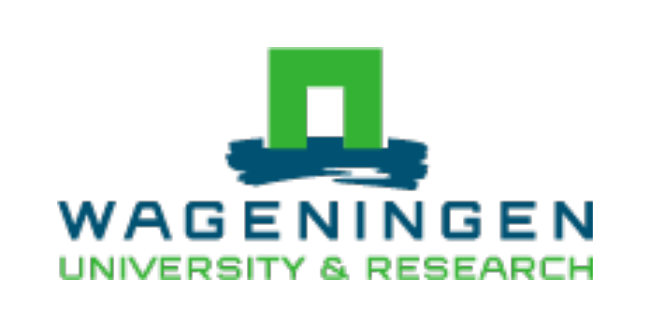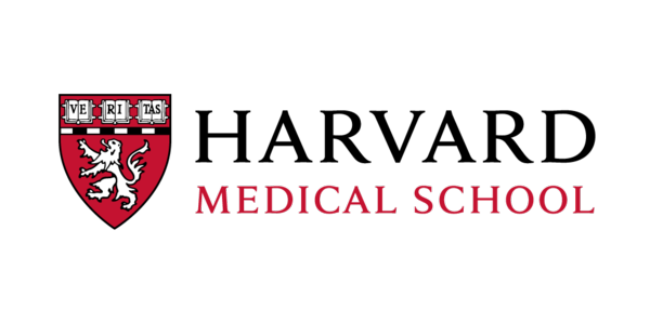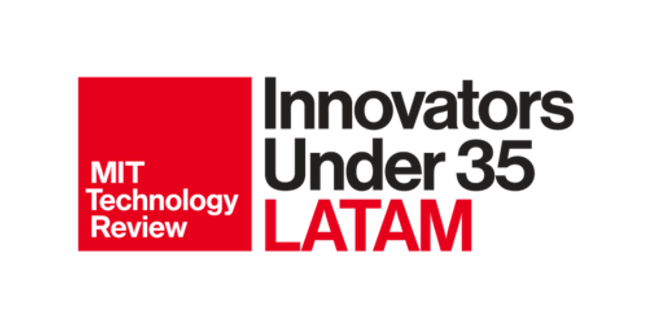Event Introduction
Bioinspired Nanostructures for Biomedical Applications
Abstract
This talk will illustrate concepts of making materials, which mimic the structure and function of the biological materials. These include glycosaminoglycans and proteins through programmed self-assembly of small molecules and their applications in protein binding, targeted drug delivery, bioimaging, regenerative medicine and functional materials. The supramolecular nanostructures are formed through noncovalent interactions such as hydrogen bonds, electrostatic and hydrophobic interactions.
Diverse functional groups were incorporated into the nanostructures for example bioactive peptide sequences, oligonucleotides and drug molecules as well as hydrophobic motifs that include alkyl chains, steroid rings, and aromatic molecules. Composite materials including nanoparticles and polymers were also utilized for improved functional properties.
About the speaker
Prof. Guler received his Ph.D. from Northwestern University, department of Chemistry, Evanston, U.S. He worked as a postdoctoral fellow at the School of Medicine, Institute for Bionanotechnology for Medicine at Northwestern University, Chicago. He started his independent career as a professor of materials science and nanotechnology at Bilkent University. He is currently working at the School of Molecular Engineering, University of Chicago. He has been named as a fellow of the Royal Society of Chemistry (FRSC). He is an editorial board member of Scientific Reports, Nature Publishing Group and previously acted as an associate editor of the RSC advances journal.
He received numerous career awards including awards from national academy of sciences and national science foundation of Turkey. He was a recipient of the prestigious European Research Council Marie Curie International Reintegration Grant. He is an author of over 150 scientific publications (6000+ citations, h-index=43), two books, 5+ book chapters, 50+ communications in international conferences and seven patents.
The Leads
Speakers and Invites

Prof. Mustafa Guler
.







